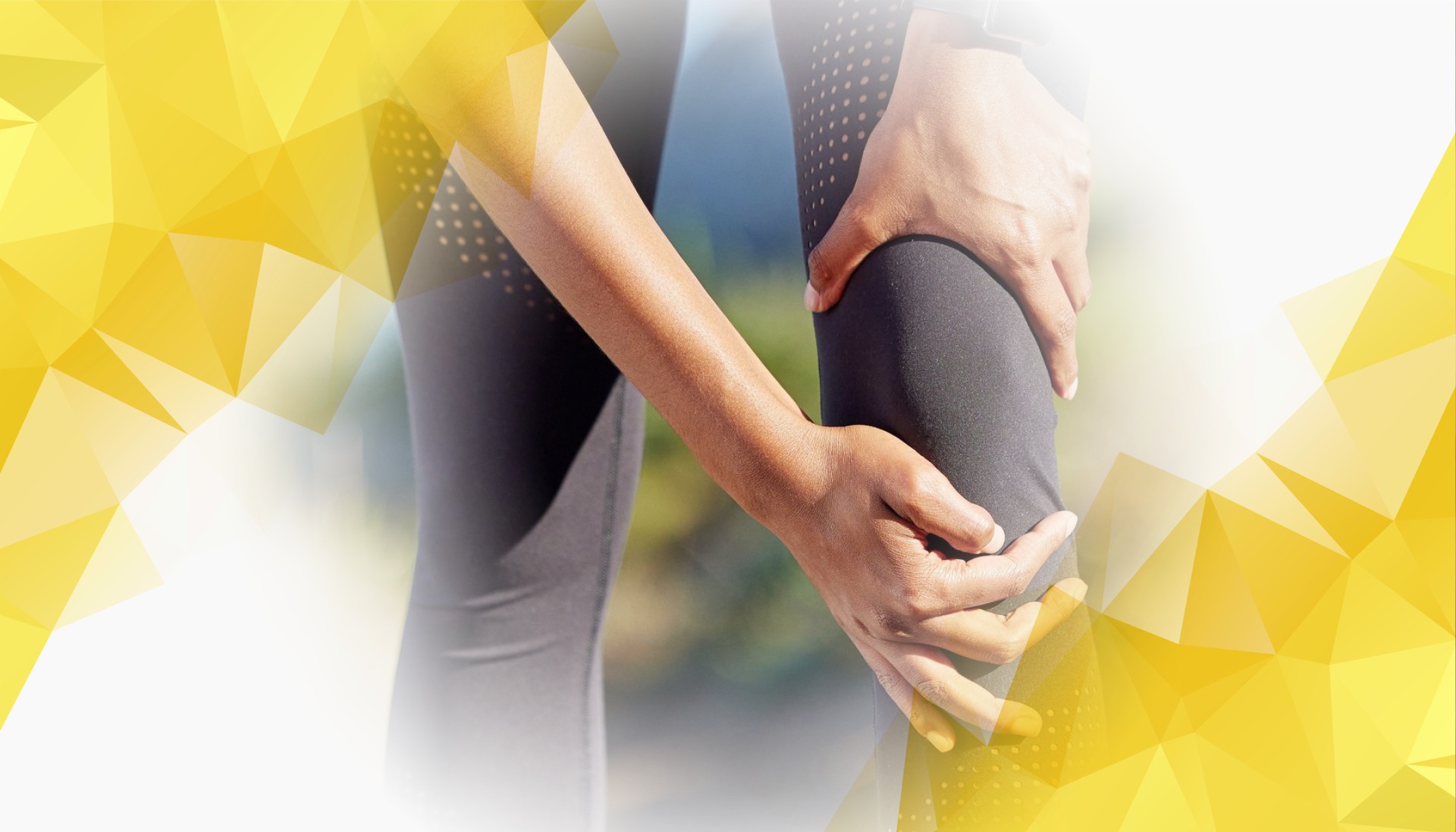Imagine starting a walking routine to manage your weight and improve your metabolic health, only to have persistent knee discomfort hold you back. Each step becomes a challenge, motivation fades, and the positive routine you hoped for starts to feel out of reach. Carrying extra weight puts additional stress on your knees , speeding up joint wear and adding to the discomfort. This not only makes it harder to stay active but also gets in the way of achieving sustainable weight loss and long-term health.
That’s where MAI Motion comes in. MAI Motion is a new markerless motion-capture system powered by artificial intelligence . It analyzes your movement with just a simple camera, making it easy to assess your walking patterns and knee health. By revealing movement habits that place extra pressure on your knees, MAI Motion helps customize walking plans that keep your joints protected while still burning calories. The result? A more comfortable way to manage your weight and health—without having to choose between activity and knee comfort .
Why Knee Load Matters in Weight Management
Every extra kilogram you carry doesn’t just sit on your knees; it multiplies the force with every step. Research shows that for every additional kilogram of body weight, your knees absorb three to four times that force when you walk. If you’re carrying 10 extra kilos, that means your knees may handle 30 to 40 kilos of extra pressure with each step.
Over time, this added stress can speed up the wear and tear on knee cartilage, raising your risk of osteoarthritis and making movement more painful. High knee load s can also discourage you from staying active, which then slows weight loss and slows metabolic improvements like calorie burning and blood sugar management.
That’s why reducing knee load is crucial: it not only protects your joints but also keeps you moving comfortably, laying the groundwork for lasting weight management and better metabolic health.
How MAI Motion Supports Easier, Safer Movement
MAI Motion brings clinical-level motion analysis into the real world—without intrusive markers or bulky gear. Using advanced algorithms, it captures and analyzes your movement as you perform everyday actions, such as standing up and walking, to offer detailed insights into your joint health and loading.
Because MAI Motion is markerless and uses just camera images, it’s both practical and highly reflective of how you naturally move. This makes assessments easier, faster, and less intimidating—especially if you already experience discomfort or have mobility challenges.
One example is its streamlined sit-to-stand (STS) test. Instead of the usual five repetitions, MAI Motion ’s research shows that you can get accurate data with just three repetitions, making the process quicker and gentler for those with pain or limited mobility.
Crucially, MAI Motion examines joint angles, speed, and the smoothness of your movements. It can pinpoint habits that boost knee strain , such as over-bending or landing with excessive force. Even subtle differences—a shift of just 10 degrees in knee movement —can help track your natural walking style and inform smarter, safer adjustments.
With these insights, health professionals can recommend simple tweaks to your walking—like adjusting your step length or walking pace—to lower knee pressure without compromising calorie burn. This means you can walk comfortably and keep progressing towards your health goals.
Building a Knee-Friendly Walking Plan
Walking is one of the best and easiest ways to lose weight, as long as it’s done with joint safety in mind. Here’s how MAI Motion can help you design a smarter walking routine:
- Assess Your Baseline: MAI Motion records your usual walking form, especially key moments like heel strike, to identify where and when your knees are under the most strain.
- Spot High-Load Phases: The system flags parts of your walk that put the greatest pressure on your knees . From there, you might get recommendations like switching from a heel strike to a mid-foot strike to more evenly distribute force.
- Progress at Your Pace: Start with gentle, short walks and increase your time or distance by about 10% each week. This gradual build-up allows your joints and muscles to adapt safely.
Even simple changes—slowing your step or shortening your stride—can dramatically lower unwanted knee forces while maintaining the calorie burn needed for weight loss. Always monitor your weight alongside how your knees feel to ensure your plan continues to support your health goals.
The Dual Benefits: Weight Loss and a Faster Metabolism
Shedding pounds isn’t just about cutting calories—it’s about moving enough to keep your metabolism active. When you reduce knee load and make walking more comfortable, you can stick with the activity longer and more often.
Regular, low-impact walking not only burns energy but also improves insulin sensitivity (key for blood sugar control) and supports heart health. When MAI Motion ’s movement analysis is paired with simple nutrition tips and muscle-strengthening exercises, your results can add up quickly.
This creates a virtuous cycle: easier, safer movement leads to more activity, which improves metabolic health and further lessens knee strain as you shed weight. Over time, managing your weight becomes more achievable—and your knees stay healthier for longer.
Conclusion
Extra weight places significant strain on your knees, making both movement and weight management more challenging. MAI Motion offers a cutting-edge, user-friendly way to spot and reduce harmful knee load ing using smart, markerless movement analysis. By empowering you to tailor your walking plan for joint health —without sacrificing the benefits of calorie burning—it brings sustainable weight loss and better knee protection within reach.
If you want to improve your metabolic health while keeping your joints happy, consider trying a MAI Motion assessment. With data-driven feedback and personalized tips, you can walk more comfortably, stay motivated, and move confidently towards a healthier, more active lifestyle.
References
Armstrong, K., Zhang, L., Wen, Y., Willmott, A. P., Lee, P., & Ye, X. (2024). A marker-less human motion analysis system for motion-based biomarker identification and quantification in knee disorders. Frontiers in Digital Health. https://doi.org/10.3389/fdgth.2024.1324511

